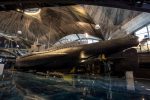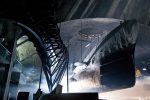Photo credit: Martin Klimenta
Maritime Magnetism at Estonia’s Seaplane Harbor Museum

“The story of our ships is the story of Estonia.”
So says the website for the Seaplane Harbor Museum on Tallinn’s waterfront. Not only ships, but submarines, sailboats, iceboats, seaplanes, shipwrecks, and naval equipment tell Estonia’s story in the giant museum and the harbor outside it.
Housed in a renovated concrete seaplane hangar from 1916 whose high domed walls give it a space-age appearance, the Seaplane Harbor Museum is a cutting-edge interactive place with floor-to-ceiling exhibits, including a 1937 submarine, a full-size replica of a WWI Short 184 seaplane, and the wreck of the 16th century wooden sailing ship, the Maasilinn.
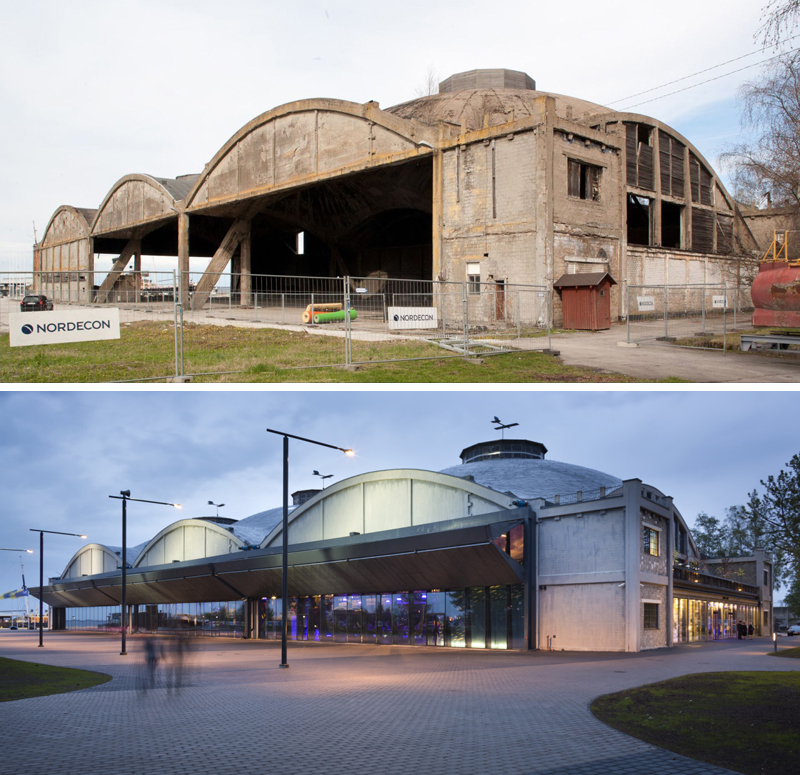
This museum has something for everyone. Kids and grownups alike will be fascinated by the tour through a real submarine, as well as interactive games and an exhibit about the new robotic search for shipwrecks. A special exhibition of Estonia’s ships celebrates the 100th anniversary of the country’s nationhood.
Dmitry Rudich, an indefatigable traveler and MIR’s Director of Custom Groups, gives it two thumbs up:
“As someone who’s been to 34 countries and hundreds of museums, I found the Seaplane Harbor Museum to be my favorite by far.”
Inside the Hangar
Submarine EML Lembit
A huge hit inside the Seaplane Hangar is a tour through the retired British-built submarine EML Lembit.
(click to view larger photo)
Delivered to the Estonian navy in 1937, Lembit and her sister ship, Kalev, patrolled the waters of the Baltic Sea until the Soviets occupied Estonia in 1940. Commissioned into the Soviet Baltic fleet, Lembit successfully carried out seven missions against the German navy. (Kalev was lost during her second patrol in 1941, and the location of her wreck is still a mystery.)
Lembit languished in a shipyard after WWII until she was spotted by former crew members, rescued, and renovated. In the summer of 2011, she was hauled out of the water and into the Seaplane Hangar, a feat that took several days.

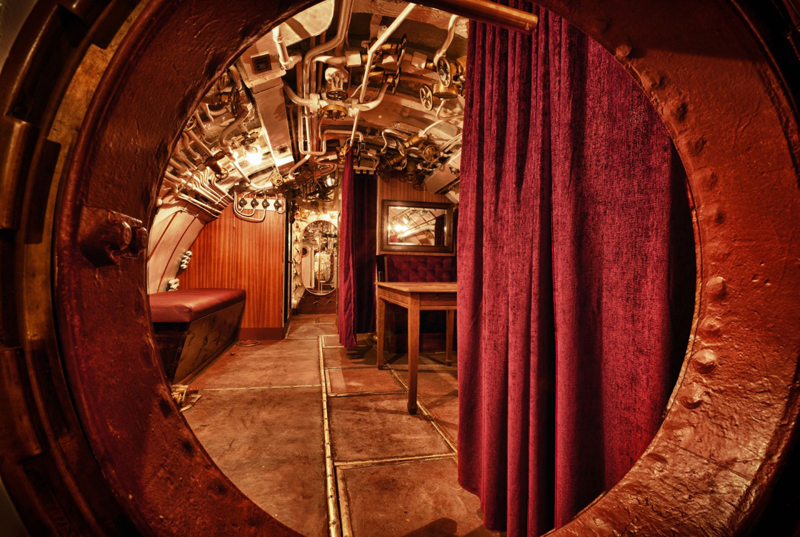
The Maasilinn Shipwreck
Another favorite experience in the hangar is contemplating the 16th century timbers of the sunken wooden ship, Maasilinn, buried in the silt off Saaremaa Island for more than 500 years.
In 1985, marine archaeologists from the Maritime Museum investigated the old harbor of the Maasilinn Castle ruins on Saaremaa Island. Nearly 700 feet offshore, they discovered the wreck of a wooden sailing ship that they were able to date to about 1568. The wreck is now ensconced in the Seaplane Harbor Museum, one of the oldest wrecks found off the coast of Estonia. The ship had been anchored in a cove off the castle and sank after a fire, perhaps scuttled at the same time the castle was destroyed in 1576. All that remains is the bottom of the 55-ton ship and some of the wood below the water line. The rest may have been crushed by water or ice, or perhaps broken up and used as building materials.
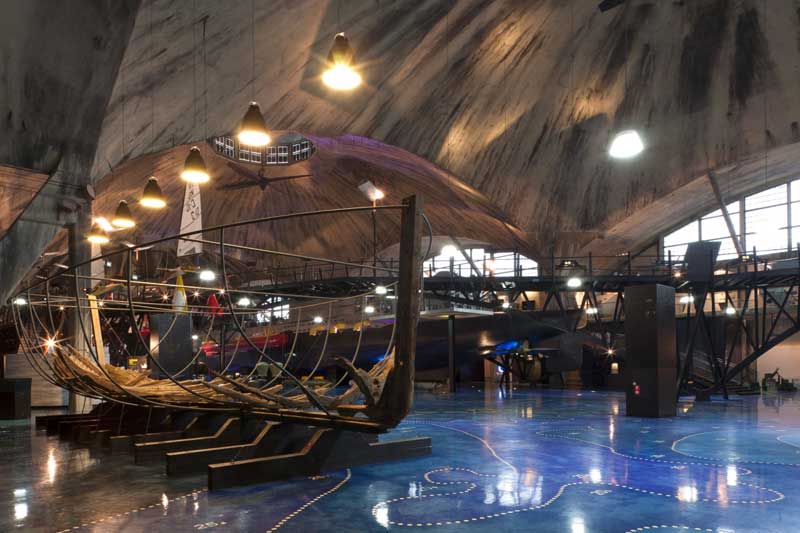
WWI Short 184 seaplane
Hanging from the ceiling in the hangar is a full-scale replica of the WWI seaplane, the Short 184 – a two-seater biplane on floats first built in 1915. This small aircraft, designed by Short Brothers of London, was used mainly for reconnaissance and sub-spotting, but carried torpedoes to drop on enemy craft if they were found. It was the first seaplane to sink a ship in this manner.
The non-flying replica found in the Seaplane Hangar was completed in 2012 and suspends from the roof over an arched walkway so that visitors can inspect the plane closely.
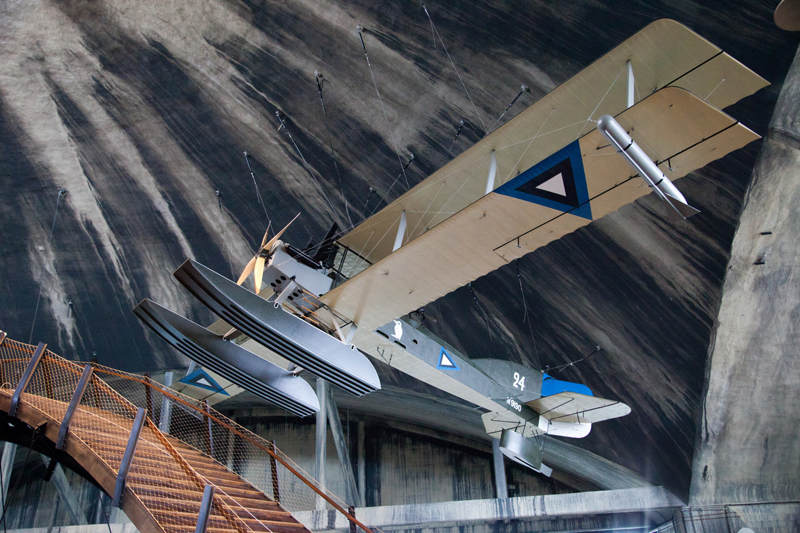
Maritime Archaeology Exhibit
It’s been 40 years since Estonia began searching for wrecks in the waters of the Baltic Sea. Since it is a brackish sea, sunken ships are often preserved for centuries. The museum has a research ship equipped with side-scan sonar and a remote-controlled vehicle to search for shipwrecks, and has discovered dozens of them. The interactive exhibit shows the development of robotic systems for underwater archaeological research.
Outside in the Harbor
Suur Tõll Icebreaker
The star here on the water is the 100-year-old icebreaker, Suur Tõll, the world’s largest surviving original steam-powered icebreaker. Visitors can explore the ship from stem to stern.
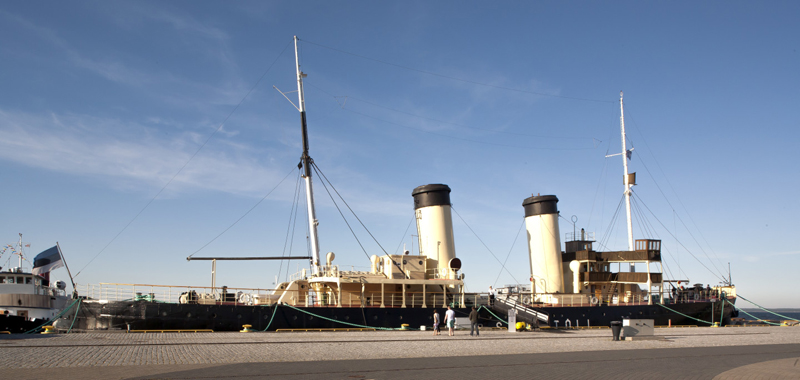
Commissioned from a German shipbuilder by Imperial Russia, captured by the Bolsheviks, captured away by the Finns, turned over to Estonia after the war, assumed by the Soviets, and finally traded back to the Estonians for 300 pounds of scrap iron, the 247-foot Suur Tõll has a history and lineage that can only be called eclectic.
Originally completed in 1914, the ship was christened the Czar Mikhail Feodorovich, after Russia’s ill-fated czar, still in favor at that time. In 1917, though, the Bolsheviks took possession of the ship, renaming her Volynets, honoring the revolutionary Volhynian Guard Regiment. The Volynets escorted the Baltic Fleet from Tallinn back to Russia to keep it safe from the Germans in 1918.
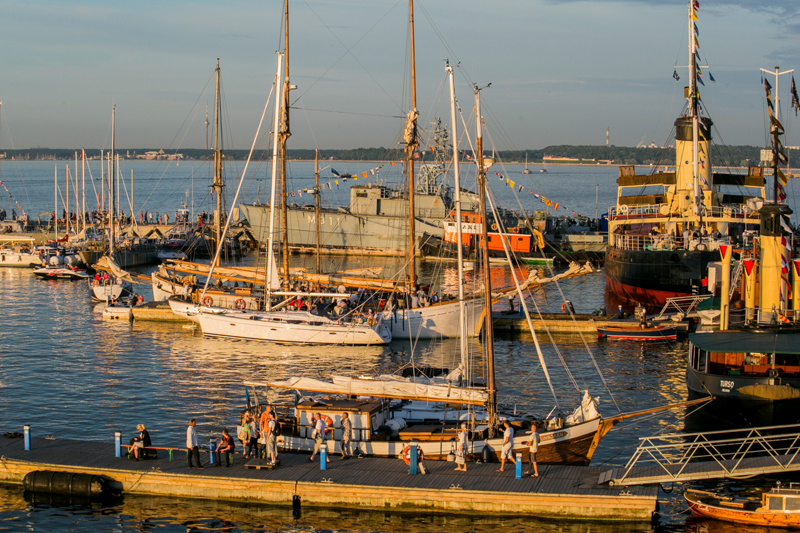
Visit the Seaplane Harbor Museum in Tallinn
In honor of Estonia’s 100th anniversary in 2018, a new exhibit opened here called “100 years on water. The ships of Estonia 1918-2018.”
100 ships important to each year of the country’s history were introduced, with some of them physically on-site and others in model form. Archived footage and interviews with crew members, as well as more than a hundred artifacts, brought the ships and their stories to life. The exhibit was open until January 2019.
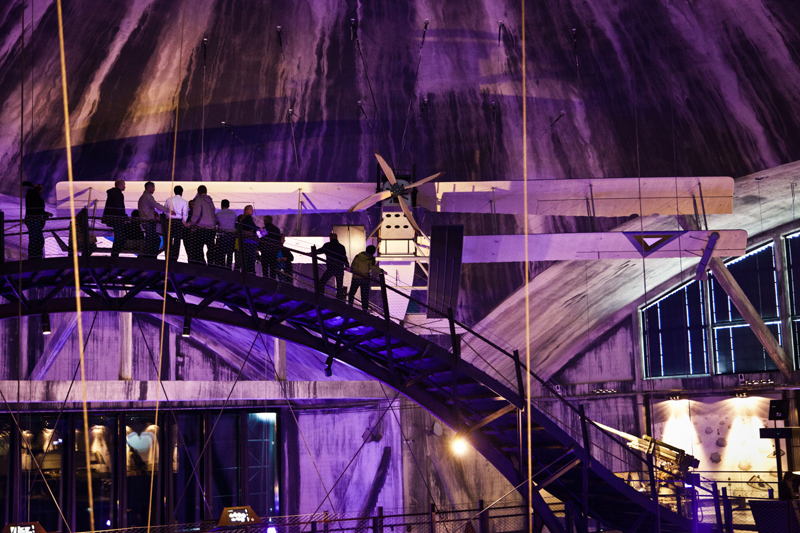
Travel with MIR to Tallinn, Estonia
Whether you want to visit the Seaplane Harbor Museum, wander the streets of Old Town Tallinn, or get out of town to explore its remote parks, Estonia is a remarkable modern destination that retains much of its historic appeal.
You can explore the history, culture, and landmarks of Estonia, as well as the other Baltic countries of Latvia and Lithuania, on these MIR itineraries:
- Kaliningrad & The Baltics – small group tour
- Essential Baltics – independent private journey
A stop at the Seaplane Harbor Museum is not included on these prepared itineraries. To visit the Seaplane Harbor Museum, you can book your own uniquely designed custom private journey to Estonia, or add it as a pre or post-tour stop on a group tour.
Chat with one of our destination specialists today!
